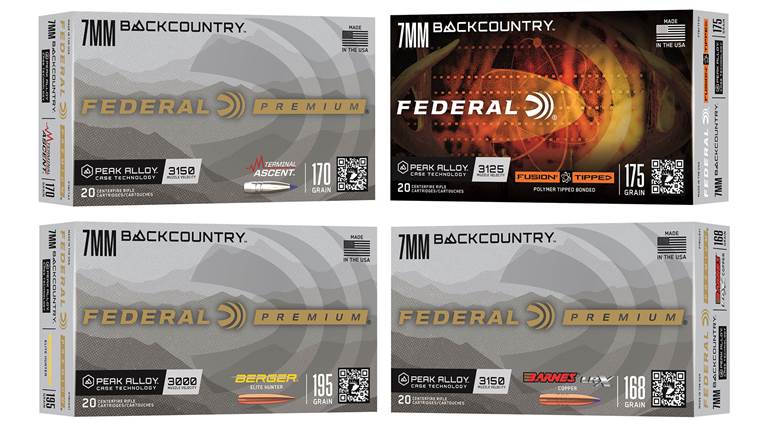“The shape of things to come … ”
“A new star in muzzleloading … ”
Sure, the goofy headlines write themselves when it comes to Triple Seven Firestar, but claims that the unique star-shaped pellets generate higher velocities than competing products isn’t just Hodgdon blowing smoke. (Couldn’t resist one more!)
For the better part of a couple afternoons, we’ve been burning powder on the NRA Tech Range, doing our best to learn how much more speed blackpowder shooters can expect from the Triple Seven Firestars, whose name aptly describes the product. Essentially, it’s a 50-caliber Triple Seven pellet bearing six longitudinal grooves, thus increasing the surface area, which Hodgdon says improves ignition. With the material removed to form the grooves, three Firestars are needed for a 100-gr. equivalent charge. Viewed on end they are star-like, though the pellets also look like little gears, which could inspire more bad puns. However, we’ll skip that and get down to business.
Though fair and conclusive, time constraints limited our testing to a single propellant comparison, and for that we selected IMR White Hots, a recent introduction that has quickly become a popular premium offering. We pitted the two up-and-comers head-to-head with two different rifles, each firing two different bullets. Rifle 1 was a CVA Accura V2 LR; Rifle 2 was a Thompson/Center Strike. From both guns with 100-gr equivalent charges of both powders, we clocked five-shot strings of Powerbelt Aerolite 250-gr. and Hornady XTP 300-gr. sabots, thereby chronographing 40 total shots for record, all of which were ignited by Federal 209 primers.
Here’s what we got:

(Measured with a Caldwell G2 Ballistic Precision Chronograph at 10 ft. from the muzzle. Abbreviations: MV—muzzle velocity; fp.—feet per second; Sd—standard deviation.)
The velocity advantage is obvious. In all pairings it exceeded 100 fps and in two of them topped 200 fps On average, the Firestar loads were faster by 170.5 fps or 11.4 percent. Interestingly, Hodgdon’s claim of “up to 50 fps” velocity increase is extremely conservative in light of our findings.
Examine the splits closer, and it’s clear that barrel length wasn’t a big factor here. Though our CVA Accura LR, with its 30” tube, is specifically geared to long-range work and maxing-out load velocities, it outgained the T/C Strike and its 24” barrel by only 1.4 percent. We do see that the tighter-fitting XTP sabot picked up more speed with Firestar than the Aerolites bullets did, 14.4 vs. 8.5 percent, but again the difference isn’t great. Standard deviations with both powders were quite good (for muzzleloaders) and pretty evenly distributed. 
The real-world effects of all this may not be huge, but there’s enough gain with Firestar pellets to make your rifle shoot a little flatter and hit a bit harder. The laws of physics say that increasing velocity means increasing recoil, but darn if we noticed that. One factor, however, that bears further review is Hodgdon’s other claim for Firestar: that it burns cleaner. We found them very close to the White Hots in that regard, if not quite as clean. It must be noted that White Hots also are reputed to produce minimal fouling, and that’s one reason they’ve spiked in popularity, so it’ll be interesting to compare Firestar cleanliness with other pellet brands.
Even more so will be to see how accurate it is. That involves several variables—gun, scope, suitability of load to the rifle and shooter ability—but since Firestars are now on the market, it won’t be long before the internet’s big sample size gives us a pretty reliable indication of how well they shoot. Given their very respectable standard deviations—a measure of shot-to-shot consistency—we anticipate tight groups and deer down, but will of course reserve final judgment until we see that for ourselves.

One final note is that the innovative new pellets will be a little more expensive to shoot, at least for now. In a quick spin online we found pricing ranging from $18.89 to $26 for the standard retail 60-pack (20 shots). At Cabela’s, per-shot, 100-gr. pricing sorted out like this: Firestars @ $.87; White Hots @ $.83; and Triple Seven @ $.72. Given the relatively few shots muzzleloaders fire during a range session or while hunting, we can’t see that as significant.


























